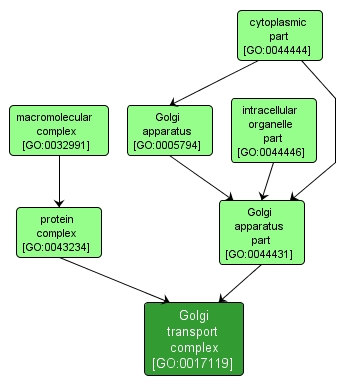| Desc: |
A complex of proteins that, in vitro, stimulates intra-Golgi transport; a 13S complex, about 800 kDa in size and consists of at least five polypeptides. In yeast, this complex is called the Sec34/35 complex and is composed of eight subunits (Sec34p, Sec35p, Dor1p, Cod1p, Cod2p, Cod3p, Cod4p, and Cod5p). |














